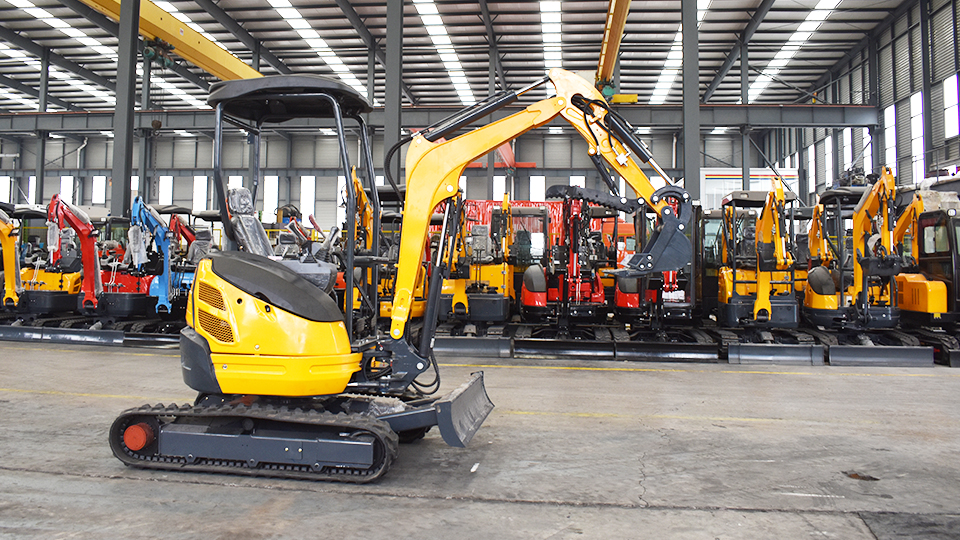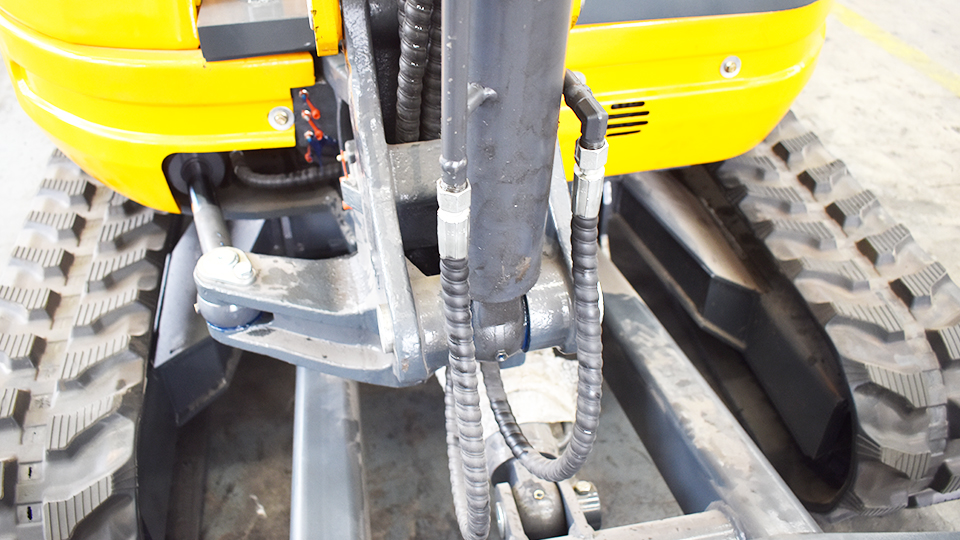The roar of diesel engines and the precise, yet human-dependent, movements of excavators have long been synonymous with construction sites. However, a silent revolution is underway. Autonomous excavators, leveraging advancements in artificial intelligence (AI), robotics, GPS, LiDAR, and sensor fusion, are no longer a futuristic concept but a tangible reality reshaping the construction landscape. While full autonomy for all tasks remains an evolving challenge, the increasing capabilities of these self-operating machines are poised to have a profound and lasting impact on the industry, affecting everything from safety and efficiency to labor dynamics and project timelines.
1. Revolutionizing Safety Protocols
Construction consistently ranks among the most hazardous industries globally. Excavators, with their heavy loads, swing radii, and often blind spots, are a significant contributor to on-site accidents, including struck-by incidents, rollovers, and contact with buried utilities. Autonomous excavators offer a transformative solution:
Removal of Humans from Hazardous Zones: The most direct safety benefit is the ability to remove operators from the immediate vicinity of dangerous tasks. This is particularly valuable in unstable ground conditions, demolition of precarious structures, or environments with hazardous materials.
Reduced Human Error and Fatigue: Unlike human operators, autonomous systems are not susceptible to fatigue, distraction, or lapses in judgment. They can operate consistently around the clock, maintaining optimal performance and adherence to programmed safety parameters.
Enhanced Situational Awareness: Equipped with an array of sensors (LiDAR, radar, cameras) and AI algorithms, autonomous excavators possess a far more comprehensive and objective understanding of their surroundings than a human operator. They can detect obstacles, personnel, and even underground utilities with greater precision, enabling pre-emptive actions to avoid collisions.
Precision and Collision Avoidance: Advanced programming allows autonomous excavators to perform tasks with millimeter-level accuracy, significantly reducing the risk of hitting underground pipes, cables, or adjacent structures – a common and costly accident source.
2. Boosting Efficiency and Productivity
The ability to operate independently and with unwavering consistency unlocks significant productivity gains.
24/7 Operations: Autonomous excavators can work continuously, around the clock, without breaks, shift changes, or concerns about operator fatigue. This drastically accelerates project timelines, allowing contractors to complete jobs faster and potentially take on more projects.
Optimized Workflows: AI-driven systems can analyze site conditions and project plans to determine the most efficient digging and loading paths, minimizing wasted movements and maximizing material transfer. This contrasts with human operation, which can vary based on individual skill and experience.
Precision Excavation: With integrated GPS and 3D design models (BIM), autonomous excavators can dig to exact specifications for grade, depth, and slope. This minimizes over-excavation or under-excavation, reducing rework, material waste, and the need for constant human supervision and surveying.

Predictive Maintenance: Autonomous machines, integrated with telematics systems, continuously monitor their own health and performance. This data enables predictive maintenance, allowing for proactive servicing before breakdowns occur, minimizing unplanned downtime and extending equipment lifespan.
Addressing Labor Shortages: The construction industry globally faces persistent labor shortages, particularly for skilled heavy equipment operators. Autonomous excavators can help bridge this gap, allowing companies to meet project demands with fewer human resources, or reassign human operators to higher-value, supervisory roles.
3. Economic Implications and Cost Savings
While the initial investment in autonomous excavators can be substantial, the long-term economic benefits are compelling.
Reduced Labor Costs: By requiring less direct human intervention, autonomous excavators can significantly lower labor costs over the lifespan of a project. This frees up skilled operators to manage multiple machines remotely or focus on more complex tasks.
Lower Fuel Consumption: Optimized work cycles and consistent operation dictated by AI can lead to more efficient fuel consumption, reducing operational expenses. This is further enhanced if the autonomous excavators are also electric, eliminating fossil fuel costs entirely.
Reduced Rework and Material Waste: Precision digging and grading minimize errors, leading to less material needing to be moved unnecessarily and fewer costly re-excavations.
Lower Insurance Premiums: A safer job site with fewer accidents can potentially lead to reduced insurance premiums for construction companies.
Increased Project Profitability: Faster project completion times, reduced operational costs, and higher efficiency directly contribute to improved project profitability and the ability to take on more work.
4. Environmental Sustainability
The shift to autonomous excavators, especially when coupled with electrification, offers significant environmental advantages.
Reduced Emissions: Autonomous excavators, particularly electric models, eliminate tailpipe emissions on site, improving local air quality and reducing the carbon footprint of construction projects.
Optimized Energy Use: AI-driven path planning and operational control ensure that energy (fuel or electricity) is used as efficiently as possible, minimizing waste and promoting greener construction practices.
Less Material Waste: Precision excavation reduces the need for excessive digging and backfilling, leading to less material being moved and potentially less spoil needing to be transported and disposed of.
5. Challenges and Future Outlook
Despite their transformative potential, the widespread adoption of autonomous excavators faces several challenges:
Dynamic and Unpredictable Environments: Construction sites are highly dynamic and unstructured, with constantly changing terrain, moving obstacles, and unpredictable human interactions. This is a far more complex environment for autonomous systems to navigate compared to, for example, a controlled mining site.
Regulatory Frameworks: Developing comprehensive and universally accepted regulations for autonomous heavy equipment on public and private construction sites is an ongoing process.
Initial Investment and Infrastructure: The high upfront cost of autonomous technology and the need for robust on-site connectivity (e.g., reliable GPS, high-bandwidth data transmission) can be a barrier to entry for smaller firms.
Data Quality and Security: Autonomous systems rely on vast amounts of real-time data. Ensuring the accuracy, reliability, and security of this data is critical.
Human-Machine Teaming and Workforce Adaptation: The shift will necessitate new skills for the workforce, moving from direct operation to supervision, monitoring, and remote control. Concerns about job displacement also need to be addressed through retraining initiatives.

The future of autonomous excavators is bright. Manufacturers like Caterpillar, Volvo CE, Komatsu, and Hitachi are continuously pushing the boundaries of what's possible, moving towards more sophisticated AI, advanced sensor integration, and improved human-machine interfaces. While fully unsupervised operation on highly dynamic sites is still some years away, supervised autonomy, remote operation, and semi-autonomous features are already enhancing safety and efficiency today. The impact of autonomous excavators will fundamentally redefine the construction industry, leading to smarter, safer, and more productive job sites of tomorrow.
Post time:Sep-25-2020
